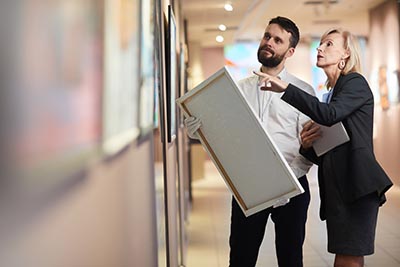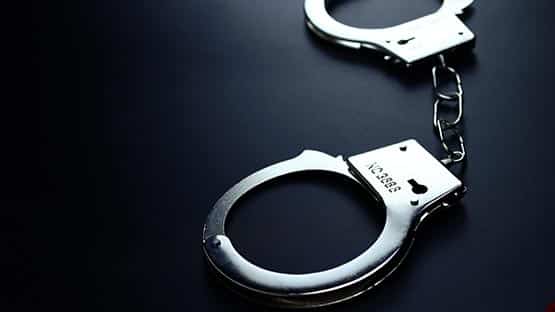
– stock.adobe.com)
Art investment is steadily growing in popularity within the alternative investment sphere.
Like any other commodity, art has the ability to appreciate in value over time and yield fantastic returns – but, crucially, only if you know what you’re doing.
Just like any other investment, art carries with it its own risks, pitfalls and complications. It’s therefore important to arm yourself with the knowledge of what to invest in, how, and when.
In this article, we’ll run through the basics of what you need to know before investing in art.
Remember to visit Farhi Fine Art for more information and opportunities to get into the world of art investment.
The risks of art investment
The first thing to consider before investing in art are the risks involved.
Art is what’s known as an illiquid asset, which means that it cannot be converted into cash quickly or easily as liquid assets.
This means that for investors looking to make a quick and dirty profit on an investment may be best suited to looking elsewhere. The pipeline for seeing genuine returns on art may be very long – possibly even decades.
Because of this, it’s also probably not a good idea to have art as the sole pillar of your investment portfolio. Think of it more as an additional extra rather than a solidly reliable source of income.
The nature of art investment also means that it can be difficult to break into without an existing interest or passion for art.
Many investors start off as collectors with a solid foundation of art knowledge. This helps to inform what investments they eventually make and ensure that any risks are minimal.
For example, you would need to research the artist’s reputation, exhibition history and sale history in order to know whether or not they’ll be a sensible investment.
All of this can be difficult to commit to if you’re not actually interested in art itself.
What to look for when investing in art
Before you start looking for investment opportunities, teaming up with an art advisor or an art-specific investment company may be a good place to start.
They can help advise you on things like fair prices, market fluctuations and sound investment strategies if you’re inexperienced in the field.
It’s also recommended that you narrow your focus down on one niche or genre within the art world.
Once you do these things, you can then start evaluating your options and carefully building up a portfolio of artworks. Museums and galleries are the best places to start, as well as auction galleries, although these can be very competitive spaces.
Make sure you know what you’re buying and that you have the confidence to invest in a piece you love even if it might not yield a return.
Want to learn more?
Art investment is a complex but potentially very rewarding investment opportunity.
If you’d like to learn more, or just don’t know where to start, Fahri Fine Art is a London-based art consultancy specialising in post-war and contemporary art.
They exhibit numerous well-established artists and have a combined experience of over 75 years in the art world.
Be sure to visit their website for more information today.
Story by Amelia Earhart










